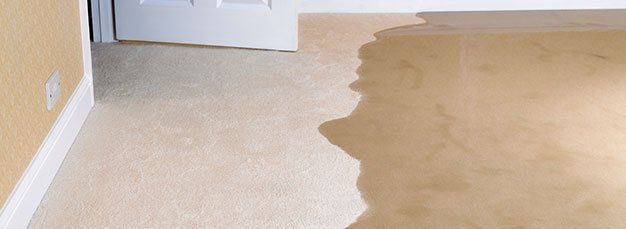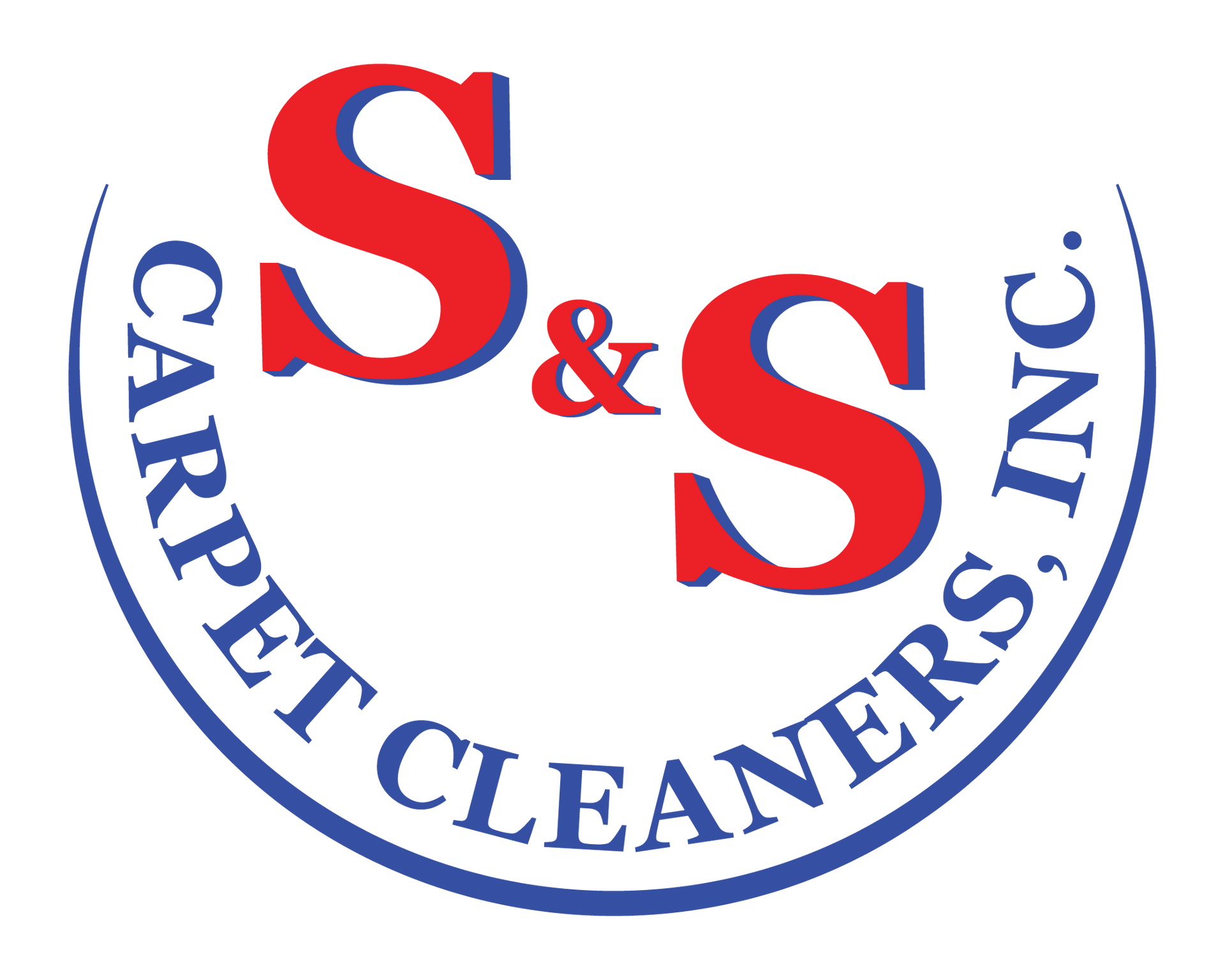Water Extraction
Flood Extraction
Water extraction is one of the most important steps in a water damage restoration project. You must remove the water both quickly and as thoroughly as possible in order to have remediation and restoration company mitigate the loss. We do not do restoration and remediation, but: WE CAN EXTRACT WATER OUT OF YOUR CARPETING prior to your restoration company arrival to have them do the remediation and restoration service.
Proper extraction can remove as much as 97% of the water present in carpet and cushion. But, without proper extraction procedures, the drying process will be slowed. Faster the water is extracted out of your carpeting will help with less saturation in surrounding areas. Below we have some explanations of different stages of water damage and their effects for informational purposes.

Category 1 (Clean water extraction)
Category one, or clean-water floods originate from sources that do not contain harmful bacteria or pathogens that pose a substantial threat to humans. These sources may be from broken pipes or appliances, falling rain or melting snow, or sink or tub overflows that do not hold contaminants.
It is important to remove the water as quickly as possible. With time bacteria and mold that contact wet surfaces will multiply. The water has also come in contact with soil and other contaminants. It may escalate from a clean water flood (category 1) to a gray (category two) or even a black water flood (category three). Gray and black water floods are discussed in other Technical Guides.
Category 2 (Gray water extraction)
Category 2, or gray water floods, originate from sources that contain a significant level of contamination and have the potential to cause illness to humans. These sources may be from overflows from dishwashers, washing machines, toilets or seepage from aquariums or waterbeds. It is important to remove the water as quickly as possible. Gray water that remains untreated several days may escalate to a category 3 (black water) flood.
Category 3 (Black water)
Category 3 (black water) floods contain pathogenic agents and are grossly unsanitary. These are typically from rising water such as river flooding or sewage back-flows but can come from other sources such as a Category 2 flood that has not been removed promptly. Toilet back-flows that originate from beyond the toilet trap are considered black water contamination regardless of visible content, color or odor. Technicians performing gray or black water restoration must be trained in microbiology, biocide use, psychometry, and health and safety equipment use.
CARPET Fiber Identification
Fiber Construction/Identification: It is important to understand the fiber and construction type you are dealing with in order to prescribe the proper cleaning method and to avoid problems for you and your customer.
FIBER IDENTIFICATION
The most practical way of identifying fibers is to use these burn test procedures…
- Acquire a fiber sample from an inconspicuous area.
- Place the fiber in some tweezers, a paper clip or a Leatherman tool.
- Using a butane lighter, slowly bring the fiber toward the flame. Do this over an ashtray or the sink.
- Observe the fiber as it gets close to the flame. Does it melt or burn? When the fiber catches, observe the color of the flame. Blowout the burning fiber. Notice the odor, smoke and the ash left behind.
NATURAL
- WOOL– Sputters while burning and may go out, little or no smoke, Smells like burning hair, leaves small crumbly ash.
- COTTON– Burns quickly, smells like burning paper, leaves a gray fluffy ash.
SYNTHETIC POLYESTER – Melts, smells sweet, leaves a shiny black bead.
NYLON – Melts, burns with a blue and orange flame, puff of white smoke when extinguished, slight smell of celery, leaves a round, hard bead.
OLEFIN (polypropylene) – Melts, burns with blue and orange flame, puff of white smoke when extinguished, smells like asphalt, leaves a round, hard bead.
Hint - the easiest way to distinguish between nylon and olefin is to snip a fiber and put it in a glass of water. If it sinks, it is nylon and if it floats, it is olefin (be sure to pinch and rub the fiber between your thumb and finger in the water – this will remove air bubbles and break the surface tension in case the nylon has been protected).
Hint - As a general rule, natural fibers will have a soft crumbly ash or no ash at all and synthetic fibers will have a hard bead or crust.
Also important is construction types and backings which all dictates cleaning methods and detergents used for the jobs. I guess cleaning is not as easy as it seems.
FREE ESTIMATES
For water extraction services call us today at
847-581-1900
We offer FREE deodorizer
with every cleaning service!


